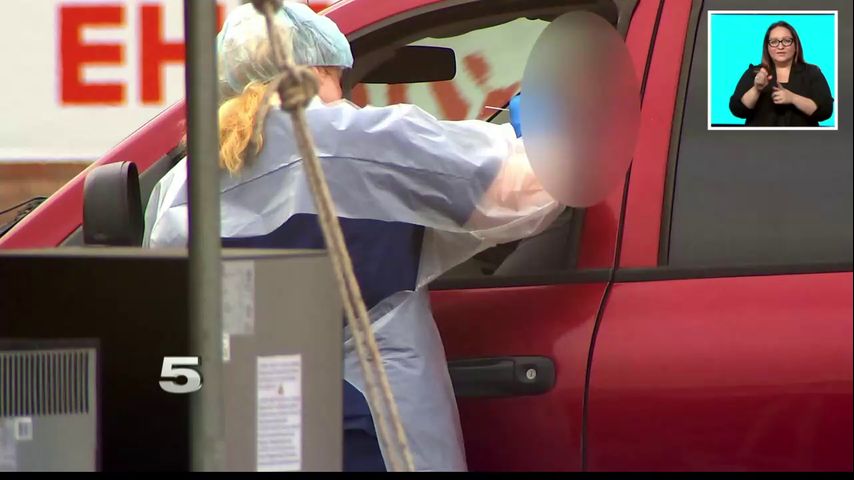Underlying conditions among minority groups a major factor in virus impact
Minority groups appear to be disproportionately affected by the coronavirus pandemic when considering the mortality figures. Although minorities comprise the majority in the Rio Grande Valley, a doctor explained why the effects can still be felt in South Texas.
New York decided to start flying their flags at half-staff in observance of the lives claimed by COVID-19. Governor Andrew M. Cuomo said Tuesday, "Just to put a perspective on this, 9/11, which so many of us lived through in this state and in this nation, 2,753 lives lost. This crisis we've lost 6,268 New Yorkers."
A screen showing graphics with the New York City deaths divided by race flashed beside him during Tuesday's press conference. Cuomo pondered, "There's also lessons to be learned – why are more African-Americans and Latinos affected?"
According to the figures from the state department, the top two races affected were Hispanics which accounted for 34% of deaths and African-Americans, 28%.
The health factor facing Hispanics in NYC are not unlike those facing others in places like South Texas, explained Dr. Dan O'Brien, a Missouri based physician and professor. "Diet certainly plays a role in some of these pre-existing conditions particularly obesity as well as diabetes," he said.
Poor dieting and exercise choices can agitate pre-existing conditions.
The Centers for Disease Control and Prevention analyzed the most common underlying conditions of positive COVID-19 cases among hospitalized patients above 18 years old. The top three were hypertension, obesity and chronic metabolic disease.
Access is a problem for communities with high uninsured rates like in border counties. "I think it's due to lack of access to care, lack of diagnostic testing as well, as we look at who is being tested – as well as looking at pre-existing conditions," said Dr. O'Brien. Social economic status also factors in, he said. "Social conditions is playing a huge factor. So, it's not only genetics but some of the social conditions including some of the overcrowded apartments or public transportation that some of these workers have to go on just to get to work."
Leaving work for weeks is not realistic for many in the Rio Grande Valley in spite of the shelter-in-place orders. Dr. O'Brien pointed to education and advocacy as possible solutions.
"We have to continue to be advocates for those minority groups that have to go to work, that have to be on public transportation. And I think, just continue to support them and make sure that their needs are covered," said O'Brien.
He also pushed for the collection and release of more data that could help learn more about the way the pandemic spreads through diverse communities. Currently, only a few states have provided enough data on the patients affected by the coronavirus.




